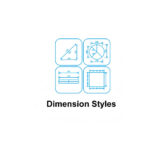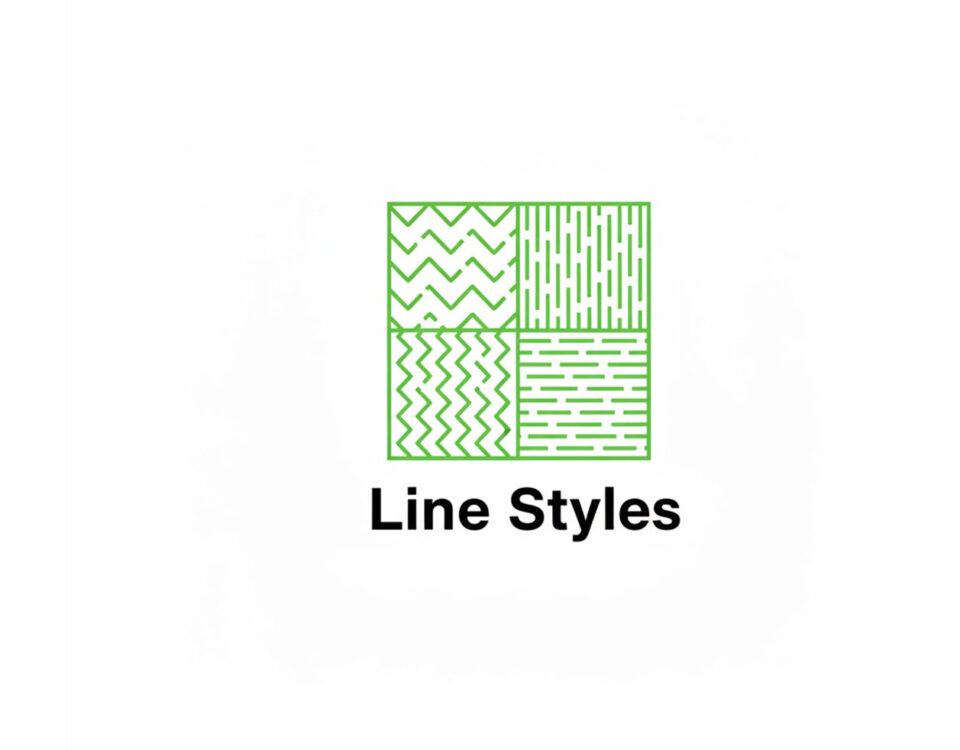
AutoCAD Dimension Styles Guide: Annotative Scaling + Free DWG
24/11/2025Best Practices for AutoCAD Text Styles & Readability + (Free DWG Download)
Inconsistent fonts are the enemy of a professional drawing set. If your notes, titles, and room names use different fonts or random sizes, the drawing becomes hard to read. Setting up a standard hierarchy for your text is essential for clarity and communication with contractors.
Many users make the mistake of changing font sizes manually in the properties panel. This leads to a chaotic drawing where text heights vary slightly across the sheet. The solution is to use a defined Text Style System that locks your fonts to specific roles (e.g., “Notes”, “Titles”) and uses Annotative scaling to ensure legibility at any print scale.
Technical Guide: Best Practices for Text
Legibility is the priority. Follow these typographic standards for CAD:
- Font Selection: Avoid the old
TXT.SHXfont; it looks outdated. Use clear TrueType Fonts (TTF) like Arial or architectural styles like CityBlueprint. These export cleanly to PDF. - Paper Text Height: Establish standard heights for printed output. A common standard is 3/32″ (2.5mm) for general notes and dimensions, and 1/8″ (3.0mm) for subtitles. Set these in your Text Style manager so you never have to guess.
For deeper technical documentation on creating and modifying Text Styles, check the official Autodesk Knowledge Network.
Expand Your Standards Library
Text works hand-in-hand with other annotations:
Watch: Video Guide to Drafting Standards
Watch this video to learn more about drafting standards for architectural drawings and how to efficiently integrate these blocks and patterns into your daily workflow.
Download the Text Styles Starter Pack (Free)
To help you work faster, we have created a professional AutoCAD Text Style Template. It includes a hierarchy of Annotative styles for Titles, Headers, and Notes. It is fully layered, purgable, and ready to use.
[Image: Preview of the Text Style Hierarchy]
Become a Revit & BIM Expert
Ready to move beyond AutoCAD? Check out our Revit Interior Design Course to master BIM workflows.



